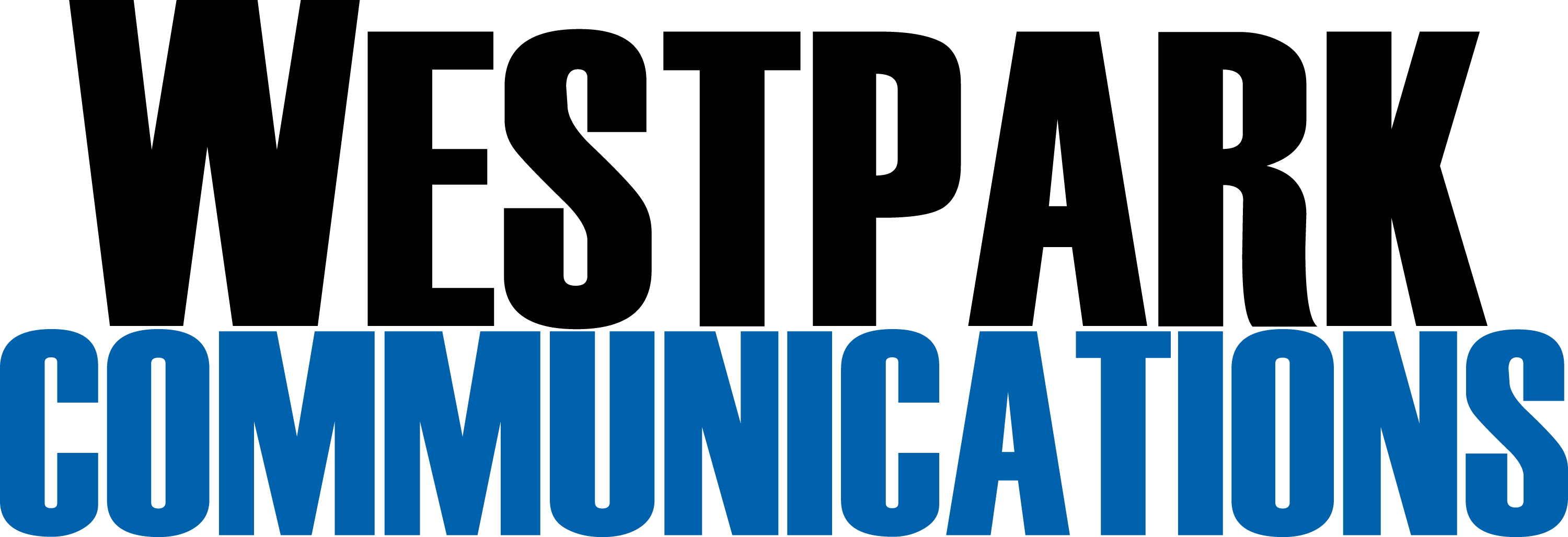This blog was originally posted in Clicktime.
Negotiating with clients can be even more difficult when you are an eCommerce business since you have that technology wall.
Some people enjoy negotiating with clients. Then there’s everyone else. Haggling over deliverables, pricing, deadlines, and content can keep even the most seasoned business owners up at night.
Fear not! We’ve put together a handful of tips to help guide you through client negotiation.

Start with a Good Relationship
Whether you are working with a new client, or on your 100th call with someone you’ve been doing business with for years, there’s nothing more important than building and maintaining a good relationship. It’s about doing quality work, being respectful of client needs (no matter how crazy-sounding), and consistently and transparently reporting on progress and hours worked. You want to build a strong reputation that is continually echoed by your clients and references through honest client reporting. Good relationships with clients drive repeat business, increase word of mouth, and enable you to more effectively negotiate rates, retainers, and even discounts with your customers.
Set Benchmarks
Projects can be benchmarked by client type, scope, level of effort, or any other category that cuts across all possible roles in your organization. With proper benchmarks in place — and the ability to easily track, manage, and allocate employee time — you can significantly reduce administrative costs. More importantly, knowing exactly how long it takes to complete specific tasks allows you to create more accurate proposals. And if a customer has issues with projects costs or timelines, you’ll be able to use real-time and historical data to support your projections. Additionally, you’ll avoid over servicing, reduce non-billable hours for you and your team, and be better equipped to take on and manage new projects.
Understand Profitability
What are your most and least profitable types of jobs? Who are your most or least profitable clients? Are certain clients likely to return for new jobs? Will discounting certain work lead to increased profitability?
It’s not exactly simple to answer these questions, but doing so correctly can be the difference between a successful business and one that fails. The good news is that with just a little bit of planning, or some corporate training, you can begin to measure these important (but tricky) metrics.
To get you started, we’ve put together a free Excel timesheet where you can track employee time and costs. Granted, spreadsheets don’t offer in-depth reporting, analyses, and insights into which jobs and clients are best suited for your business — but it’s critical understand which clients (both specifically and by vertical) have the greatest impact on your business. When it comes time to negotiate a contract, job, or retainer, you can do so in the context of how valuable any given customer is to the continued success of your organization.
Proactively Communicate
Communicate with your clients early and often. Referrals and lead generation systems only get their attention for a second. If done correctly, lead nurturing will instill trust once they become clients. Keep them apprised of progress and any wins along the way. Track time and provide reports of what your team is working on and how you’re performing. Get early feedback on projects — especially new ones — and make sure that everyone on the team understands when and how they will receive updates on progress.
That, or don’t say anything at all. (We recommend the former.)
Proactive communication ensures that everyone is on the same page, and fosters deeper client relationships that are much more understanding of missteps or any issues that may arise. Of course, you’ll want to be respectful and kind in your outreach — but that doesn’t mean you should be a pushover.



